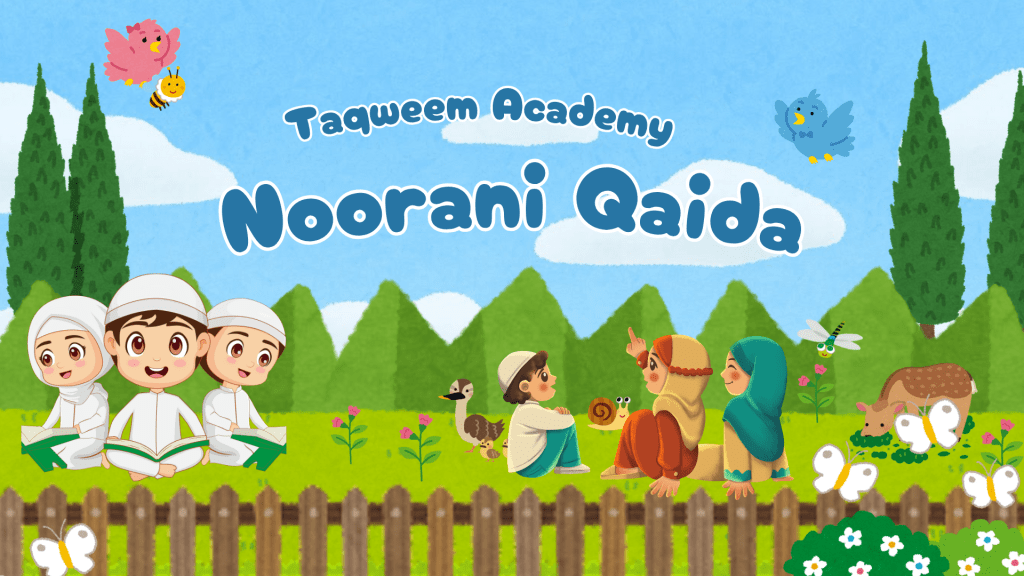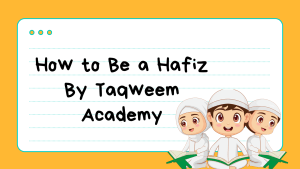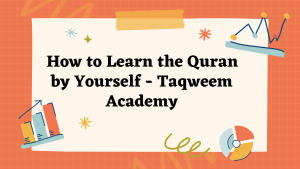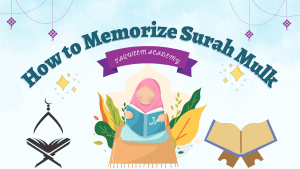Table of Contents
ToggleNoorani Qaida: The First Step Toward Quranic Fluency
Learning to read the Quran for the first time can feel like standing at the foot of a mountain. The Arabic letters look unfamiliar, and the colorful marks above and below them seem like a secret code. Imagine a child’s eyes lighting up when they finally recognize “Alif – Baa – Taa” and sound out their first word. That’s the kind of joy Noorani Qaida can bring. Noorani Qaida is the friendly guide that takes students by the hand from the very first alphabet up to smooth Quranic recitation. It’s the “gateway to Quranic fluency”.
Noorani Qaida (also spelled Noorani Qaaidah, Qaida Noorani, or Noorania Qaida) is a step-by-step primer originally developed by Molvi Noor Muhammad Ludhianvi. It’s a century-old method still used worldwide. Its purpose is simple but profound: to teach beginners the Arabic letters, basic vowel sounds, and essential Tajweed rules so they can read the Quran accuratelyi. Think of it as learning your ABCs and sounds in a new language, then using them to read sentences. By mastering Noorani Qaida first, students build a rock-solid foundation – much like laying bricks for a house of Quranic knowledge.
At Taqweem Academy, we’ve seen countless students transform their hesitation into confidence. This is more than rote learning; it’s a journey of spiritual discovery. When you learn that قُلْ isn’t just squiggles on a page but the word “Qul” with subtle tongue rules, you feel a connection to the Quran’s meaning and beauty. In fact, scholars emphasize its importance: IQRA Network notes Noorani Qaida is “a foundational guide… to understanding Arabic script and pronunciation with clarity and accuracy”. In other words, Noorani Qaida lays down the essential skills so that every letter you read is correct and melodious, deepening your bond with the words of Allah.
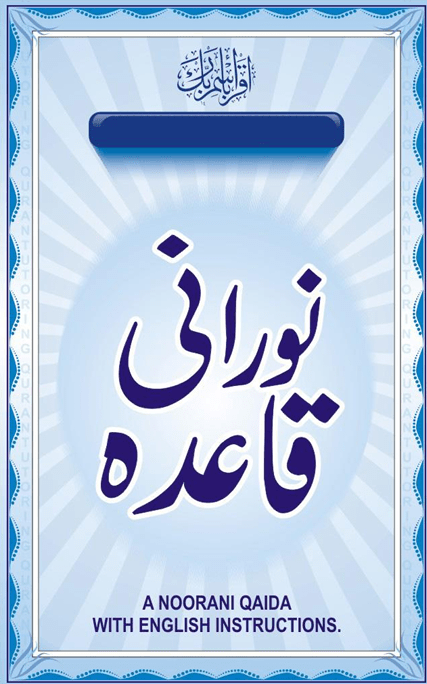
Understanding Noorani Qaida
Norani Qaida is organized into a series of bite-sized lessons that gradually introduce new concepts. In total, most editions have 17 lessons. Each lesson builds on the last: you start with individual letters (Huroof-e-Mufradaat), then learn how letters join, and eventually tackle Tajweed rules like Madd (vowel lengthening), Tanween (nunation), Shaddah (accent), noon and meem sakinah (noon/m sound), and stops (waqf). The focus is always on correct pronunciation (Makhaarij). You learn where in the mouth each sound comes from (e.g., the deep throat letters like خ or the tip of the tongue for ط), and how marks like َ (fatha) or ُ (damma) change the letter’s sound.
For example, Lesson 1 (Alif Baa Taa) teaches the first few letters of the alphabet and how to say their basic sounds. It emphasizes recognizing each letter’s shape and dot – a critical skill mentioned in many courses. As the lessons progress, students practice combining letters and short vowel sounds (alif, kasra, damma). By Lesson 4 and 5, Tanween (double vowels) and Sukun (no vowel) are introduced. Later lessons gradually bring in Tajweed: identifying Madd letters, doubling with Shaddah, and other recitation rules.
To summarize, Norani Qaida covers (among other things):
-
Arabic Alphabet: All 29 letters, taught one by one (with focus on similar-looking letters).
-
Vowel Marks (Harakat): Fatha (a), Kasra (i), Damma (u) as short vowels.
-
Tanween: Double vowel marks indicating “-n” sound at the end.
-
Long Vowels (Madd): Extending sounds with alif, yaa, waaw.
-
Sukoon (Silence): No vowel on a letter.
-
Shaddah (Tashdeed): Letter doubling sound.
-
Letter Combinations: Connecting letters into syllables.
-
Pronunciation Rules: Basic Tajweed like “heavy/light Raa,” “rules of noon saakinah,” and pauses (waqf).
-
Reading Practice: Simple words and short Quranic phrases to apply what you learn.
At Taqweem Online Quran Academy, our curriculum follows this structure: our online classes carefully take learners from recognizing “ا ب ت” to reading Surah Al-Fatiha. We emphasize building on each lesson with gentle review. Every Arabic sound you practice is a stepping-stone to the next lesson, ensuring nothing is skipped and your confidence grows steadily.
Learning with Noorani Qaida
How does Norani Qaida actually work its magic? Imagine learning to read English by first mastering the alphabet and phonics. It’s similar. You focus on the smallest pieces (letters) and how they sound, then slowly assemble them into words. Meanwhile, you learn Tajweed rules in bite-sized bits. For instance: you’ll practice elongating (madd) some letters for exactly 2-6 counts, and make a humming sound (ghunnah) on noon/mim as prescribed. Each concept is explained with clear examples in the Qaida, making the learning process very structured.
To illustrate, one study guide recommends:
-
Begin with the alphabet: Memorize letter shapes and sounds until they’re second nature. We often use mnemonics or cute drawings for kids (like associating “baa” with a bubble or “taa” with a toy), but the goal is the same for all: feel each sound.
-
Master letter pronunciation: Practice in front of a mirror or with a teacher. Arabic has unique sounds, so repetition is key. For example, “خ” (kh) is far back in the throat, while “ث” (th, as in ‘think’) is made with the tongue between teeth. Students repeat الْخَرْخَرَة (al-kharkhara) to nail “خ.”
-
Learn basic Tajweed rules: Norani Qaida introduces rules like Madd (انْطَوَاء) and Ghunnah step by step. You don’t get overwhelmed by all Tajweed at once. Instead, one day you might learn that a Hamza after a Maddah changes its length (madd mutasil vs munfasil), and another day you practice nasal sounds.
-
Consistent practice: Repetition and memorization are built into the system. We advise students to read aloud daily. Some tutors encourage short Quran recitations (like 2-3 lines) after every Qaida lesson to apply new rules.
-
Seek guidance: Having a qualified tutor or teacher is a huge advantage. As one source notes, while self-study is possible, an instructor can correct mistakes on the spot and offer personalized tips. This is why at Taqweem Academy we offer live classes and feedback.
When done right, you’ll find yourself recognizing words you heard on the radio or in prayer — letters no longer seem foreign. Noorani Qaida is designed to make every lesson feel within reach. It’s methodical and incremental, just like learning any language’s alphabet or reading system.
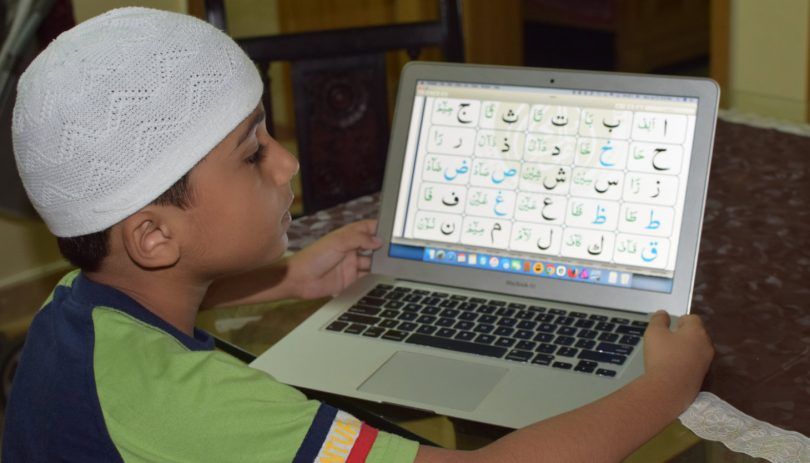
Arabic Noorani Qaida vs. Translation
Originally, Norani Qaida is written in Arabic script with full vowel marks (tashkeel). This is important: it trains your eyes to read Arabic letters directly. You might wonder, “Can I use an English translation instead?” The Qaida is best learned in Arabic script for authenticity. However, many beginners (especially in Western countries) benefit from supplementary resources: translations (Roman script) or parallel translations can explain the sounds. For example, Taqweem Academy offers an English Noorani Qaida PDF for non-Arabic speakers.
These tools help bridge the gap, but the heart of Noorani Qaida remains the Arabic letters and their precise sounds. In class, we show learners both: they see the Arabic “س” and hear it as “seen.” This dual approach builds confidence until one day you no longer need any romanization – the Quran will be in your own mouth.
Finding Noorani Qaida: Books, PDFs, and Courses
Many beginners ask, “Where can I get a Norani Qaida book or PDF?” The good news is it’s readily available. Noorani Qaida book PDF is commonly searched online. Many reputable Quran academies offer Norani Qaida PDFs for download, often in Arabic and English versions. For example, they explicitly list an “English Noorani Qaida” PDF for native English speakers. Local mosques and Islamic bookstores also sell printed Noorani Qaida books (sometimes called Qaaidah Noorania or Madani Qaida).
If you prefer self-study, you can find Norani Qaida online free or for purchase. However, use caution: always ensure the source is trustworthy and the PDF is the complete legitimate text. At Taqweem Online Quran Academy , we provide learners with a downloadable Noorani Qaida workbook (internal resource) and guide them through each page. We also recommend free online Quran academies like Our Online Courses that include Noorani Qaida lessons with audio and transliteration.
For those who want more structure, our online Norani Qaida classes are an excellent path. We combine live tutoring with downloadable materials. In our program, each student gets their own Norani Qaida PDF book (Arabic with English/Urdu notes) and interactive exercises. This ensures you’re not just reading a static PDF alone, but actually learning step by step with support.
Key resource tips:
-
Look for a Norani Qaida in your preferred language (Arabic script + Urdu/English notes).
-
Ensure it’s the 17-lesson Norani Qaida edition if you want the classic format.
-
Avoid incomplete versions – a proper Noorani Qaida covers all alphabets and basic rules as listed above.
-
You can also find audio recitations of each lesson online to double-check your pronunciation.
Using Noorani Qaida Effectively
Norani Qaida is a tool, but how you use it makes all the difference. Here are some tips:
-
Be patient and gentle with yourself: Learning a new script is challenging. Every sound you master is progress.
-
Practice daily, even if just for 10 minutes: Consistency beats cramming. A short daily reading of the last lesson will build retention.
-
Read out loud: Hearing your voice (and possibly recording yourself) helps catch mistakes.
-
Use the rich content around you: For example, practice the letter ع by reading “عَلَيْكُم” from a familiar phrase (assalamu alaykum). This ties learning to your existing knowledge.
-
Seek feedback: If you have a teacher or friend knowledgeable in Tajweed, let them correct you. Even asking in an online forum or language group can be helpful.
-
Take it step by step: Don’t rush to cover all 17 lessons in a few days. Digest each chapter. Understand every Harakah (vowel) on a letter before moving on.
Above all, remember the purpose. Norani Qaida isn’t a grade to rush through; it’s a journey toward connecting with the Quran’s message. Each letter you read correctly is a step closer to understanding and feeling its spiritual beauty.
Learn More About Noorani Qaida Course : https://taqweemacademy.com/noorani-qaida-course-for-kids/
FAQs
What is the Noorani Qaida price?
Answer: The Noorani Qaida price for printed books usually ranges from $3 to $10, while the PDF version is often free online.
What is Noorani Qaida PDF?
Answer: Noorani Qaida PDF is a digital format of the book that helps kids and adults learn Arabic letters, sounds, and Tajweed from anywhere.
What is the Noorani Qaida book used for?
Answer: The Noorani Qaida book is a step-by-step guide for learning to read the Quran correctly, starting with Arabic letters and moving to full words.
How can I get Noorani Qaida download?
Answer: You can download Noorani Qaida easily in PDF format from various Islamic learning platforms or academies offering free resources.
What does Noorani Qaida Lesson 1 teach?
Answer: Noorani Qaida Lesson 1 teaches the basic Arabic alphabet like Alif, Baa, Taa — helping learners start Quran reading from the very beginning.
Where can I find Noorani Qaida PDF free download?
Answer: You can find Noorani Qaida PDF free download on many educational Islamic websites and Quran academies offering it for self-study.
Is Noorani Qaida available in English?
Answer: Yes, Noorani Qaida is available in English with transliteration and translation to help non-Arabic speakers learn Quranic reading easily.
What is the Noorani Qaida app?
Answer: The Noorani Qaida app is a mobile learning tool with audio, interactive lessons, and practice features for both kids and adults.

